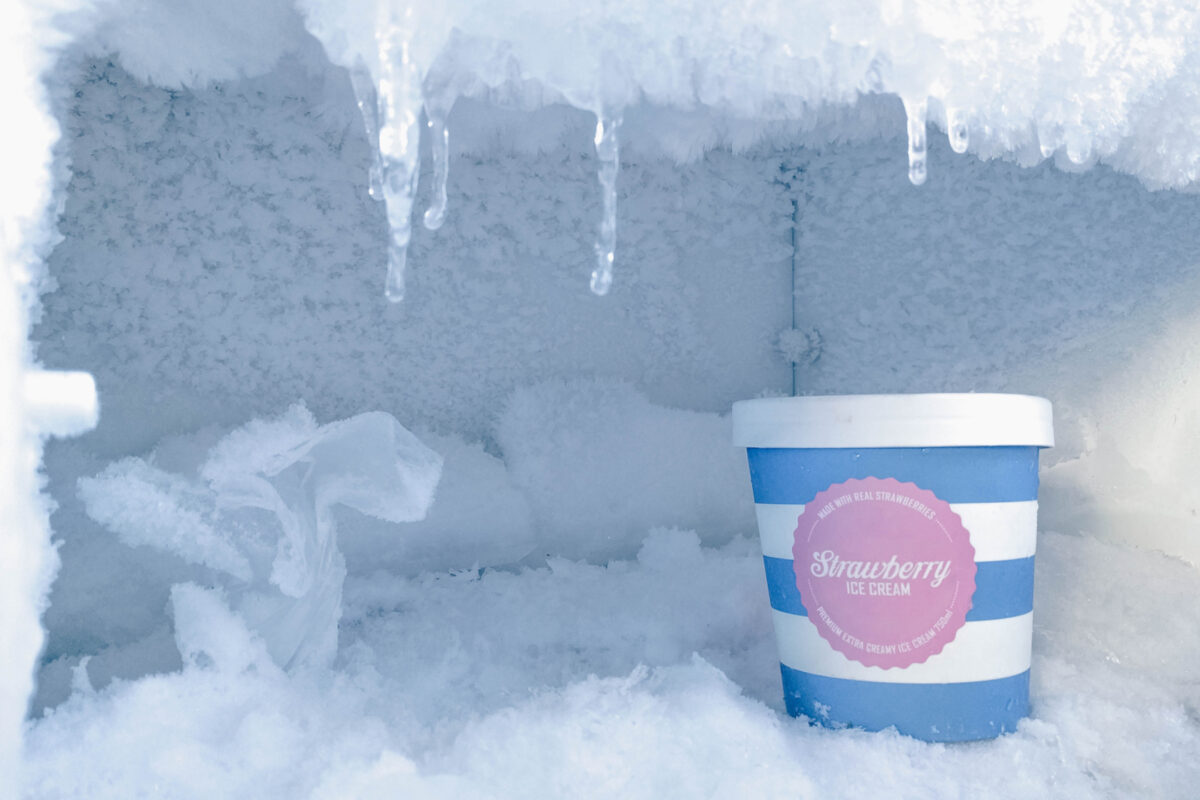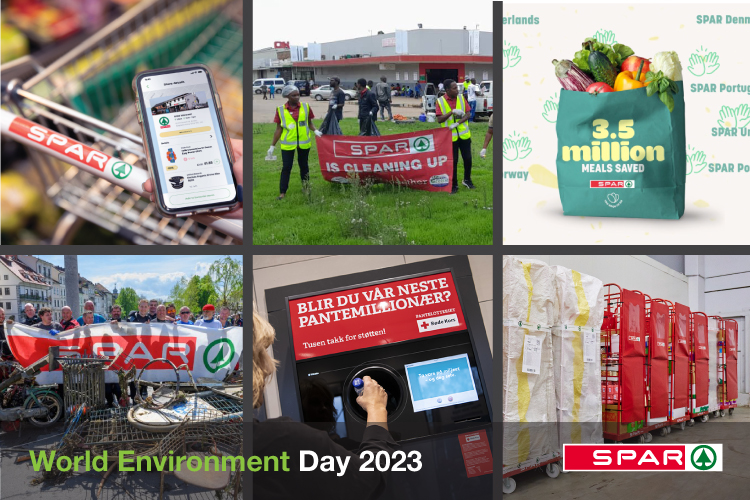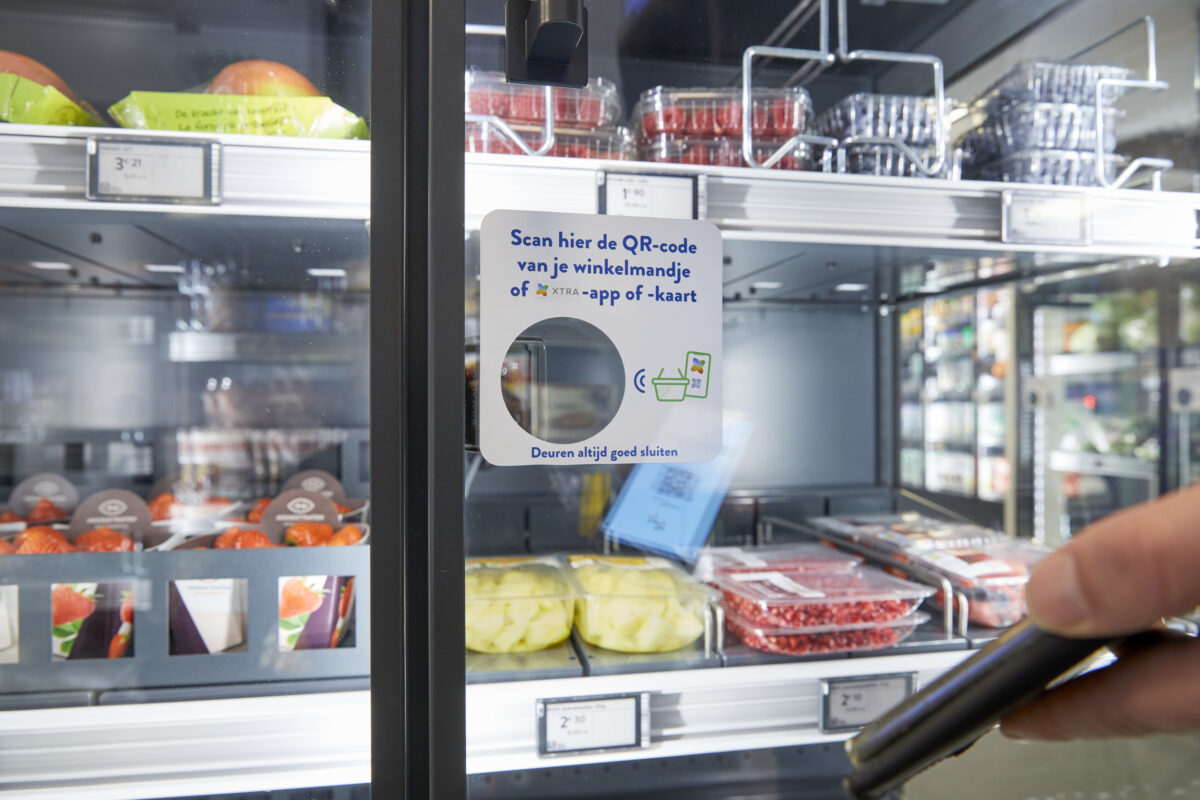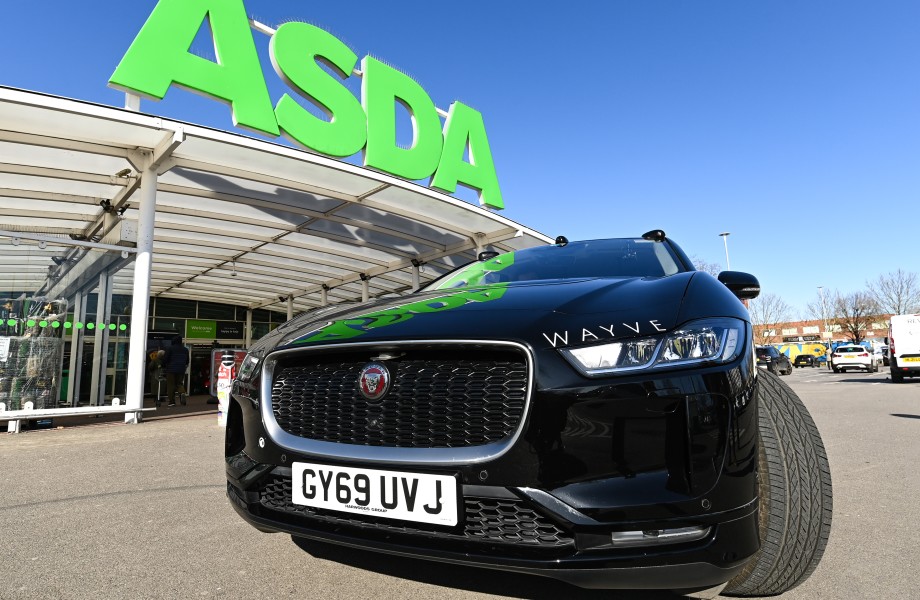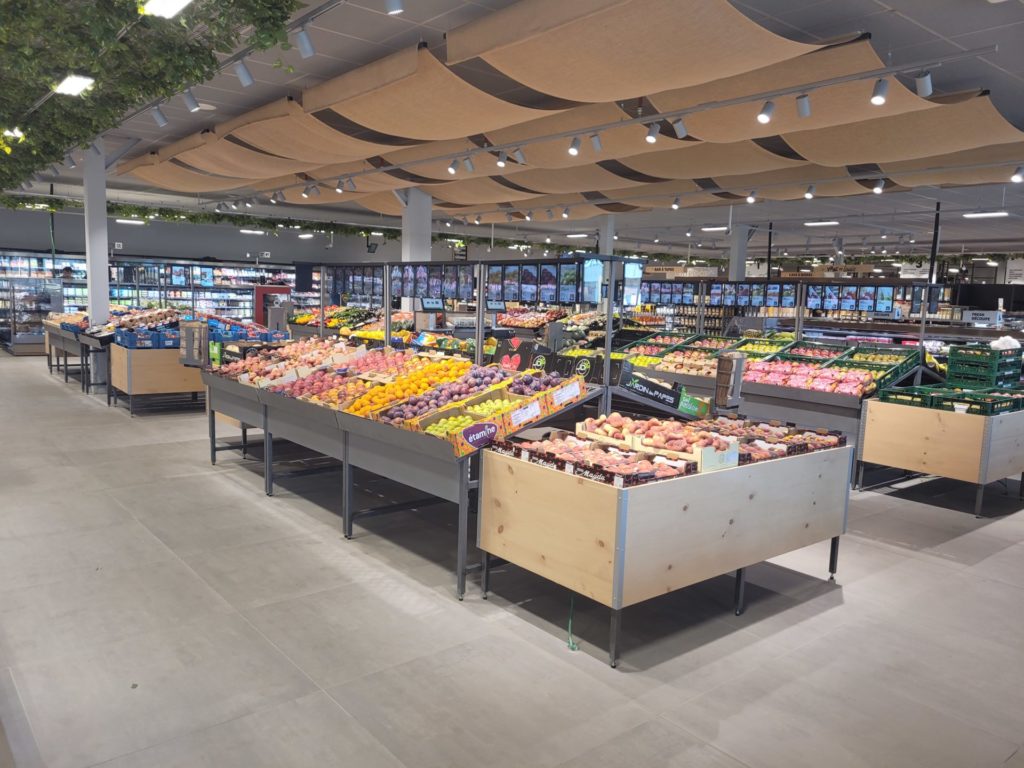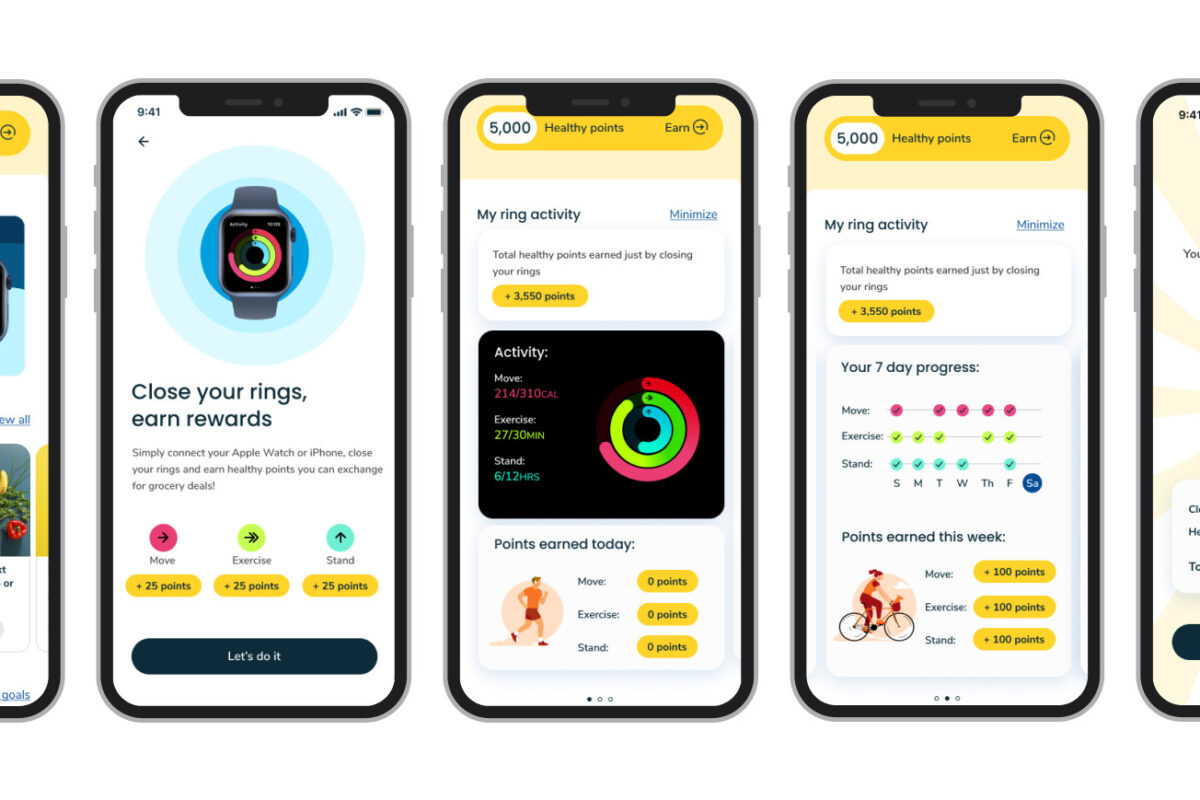The advantages of delivery by drone in the retail and food sector
by Julia Pott (exclusively for EuroCIS.mag)
Something is stirring in the skies: commercial drone delivery is making progress – even if only a few players are active in the market.
They move through the air, so you might think drones only need to avoid a few obstacles. But it’s not quite that simple: airspace safety must be ensured, and as more commercial and private drone operators join the fray, the greater this challenge becomes. Perhaps that’s why many lawmakers have struggled to implement supportive regulations for commercial drone flight. In recent years, however, there has been progress; not only in the U.S. and Asia but also in Europe, as our examples will show.
Delivery by drone: demand, costs, personnel
Lack of demand on the part of consumers is arguably not one of these obstacles. Using the U.S. as an example, drone software provider Auterion found in a 2022 survey that 64 percent of respondents see drone delivery as a realistic form of delivery now or near future. As many as 41 percent of respondents would also be willing to pay up to a $10 premium for delivery via drone. “Americans are ready for drones to deliver their packages, and retailers that adopt and scale drone delivery programs will find themselves ahead of the curve,” said Lorenz Meier, CEO of Auterion, interpreting the findings.
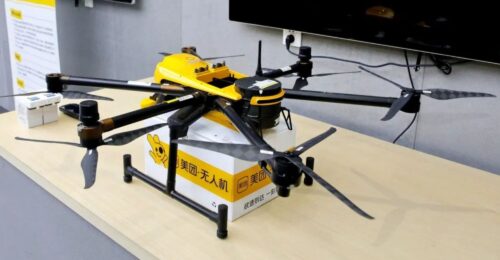
© Meituan
Another potential challenge to establishing new technologies such as commercial drone flight is cost. McKinsey & Company studied the costs for drone delivery compared to delivery via vehicle: Drone delivery is still more expensive per package than ground delivery, especially since drones can usually only carry lighter, smaller packages but that may change. According to McKinsey & Company, as soon as autonomous flying drones are used and one person can supervise and control several drones, greater efficiency will be achieved.
Where the road ends, the drone takes flight
Geographical conditions also have an impact on costs and effort, of course. In impassable terrain, where there are no roads or over bodies of water, drones can leverage their advantages.
In Iceland’s capital city, for example, the online marketplace aha.is already used remote-controlled mini-helicopters to dispatch food deliveries to nearby areas as early as 2018. On the roads that snake around bays around Reykjavik, terrestrial deliveries take longer – giving a potential advantage to delivery by air.
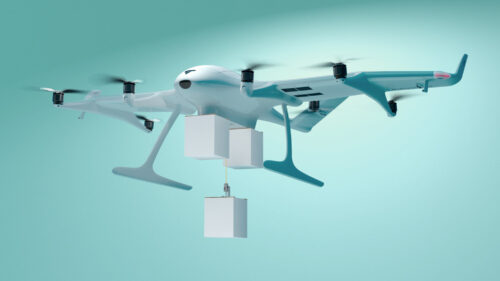
© Wingcopter GmbH
In Japan, the postal service now also delivers by drone. Since the Japanese government relaxed regulations, retail chains FamilyMart and Lawson have also shown interest in the delivery method, according to Nikkei. Seven-Eleven Japan is already testing drone deliveries to smaller remote islands in the south of the country.
Germany is also considering ways to get products to more remote areas. The German Federal Ministry of Digital Affairs and Transport is funding a research project that will test the rapid delivery of everyday goods to rural areas from August 2022 to August 2023: DroLEx uses drones as well as cargo bikes: drones distribute consumer goods from a central warehouse to smaller decentralized hubs, from where orders are delivered to end customers by cargo bike. The drones are provided by Wingcopter GmbH and regional retailers are also to be explicitly involved. REWE Group, a German grocery retail chain, has also held a stake in the company since 2022.
Delivery by drone in retail: Where is the potential?
Some retailers see potential in drone delivery to end consumers and are taking bold steps forward. U.S. retailer Walmart was an early entrant into the drone delivery space. Together with provider DroneUp, the retail chain is expanding a delivery network in seven states so far. In southeast Queensland, Australia, supermarket chain Coles is offering drone delivery of groceries in partnership with Wing, a subsidiary of Alphabet.
But retailers see this potential not only in rural, remote areas, but also in densely populated cities. Also in Australia, Wing is partnering with Vicinity Centers, a company that operates shopping malls. According to Forbes, drone hubs are to be placed on the roofs of shopping malls, from which customers’ orders can be quickly delivered. This will use centralized areas for last-mile deliveries and bypass congested city streets. “Almost two thirds of Australia’s population live within 30 minutes of one of our 61 strategically located centers,” said Justin Mills, Vicinity Centers’ Chief Innovation Officer, in the article. “This national footprint provides a strong foundation to implement our distribution and fulfillment strategy by rapidly scaling our drone delivery partnership with Wing and further developing our co-located logistics hubs and micro fulfillment centers.”
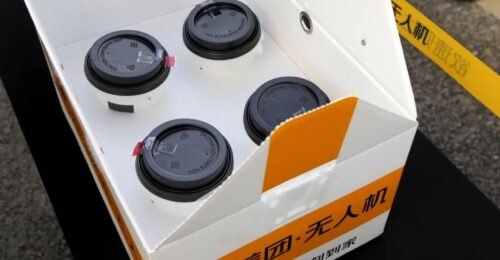
© Meituan
Drone delivery and groceries: when your lunch comes out of thin air
Drone delivery is already suitable for small, light and fast deliveries. That’s why it’s also so interesting for meal delivery services. Chinese company Meituan has been delivering food, meals and drinks by drone in Shanghai since December 2022. According to Mao Yinian, head of Meituan’s drone delivery unit, the short delivery time convinces many restaurants to adopt the service. Drone delivery reduces the average delivery time and ensures that even coffee, the favorite drink of many citizens in Shanghai, according to Yinian, stays fresh.
Nevertheless, delivery by drone in densely populated areas remains a challenge. Where do the fliers land safely? Where can they drop off their parcels in such a way that no one is obstructed or endangered and only the addressee has access to the delivery?
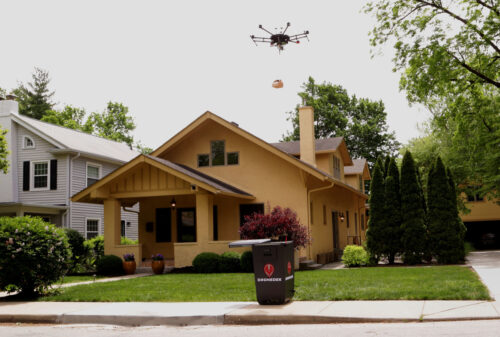
© Dronedek
Dronedek, provider of a mailbox-as-a-service platform, has developed its own solution for this: Dronedek’s mailboxes can receive deliveries from autonomous delivery systems such as drones, recharge their batteries and even keep food deliveries hot or cold.
Like any form of delivery, drone delivery has advantages and disadvantages and will only become established where the former outweighs the latter. But after all, delivery by road is far from ideal. Practical use cases in which the drone clearly wins are now being seen in multiple applications.








